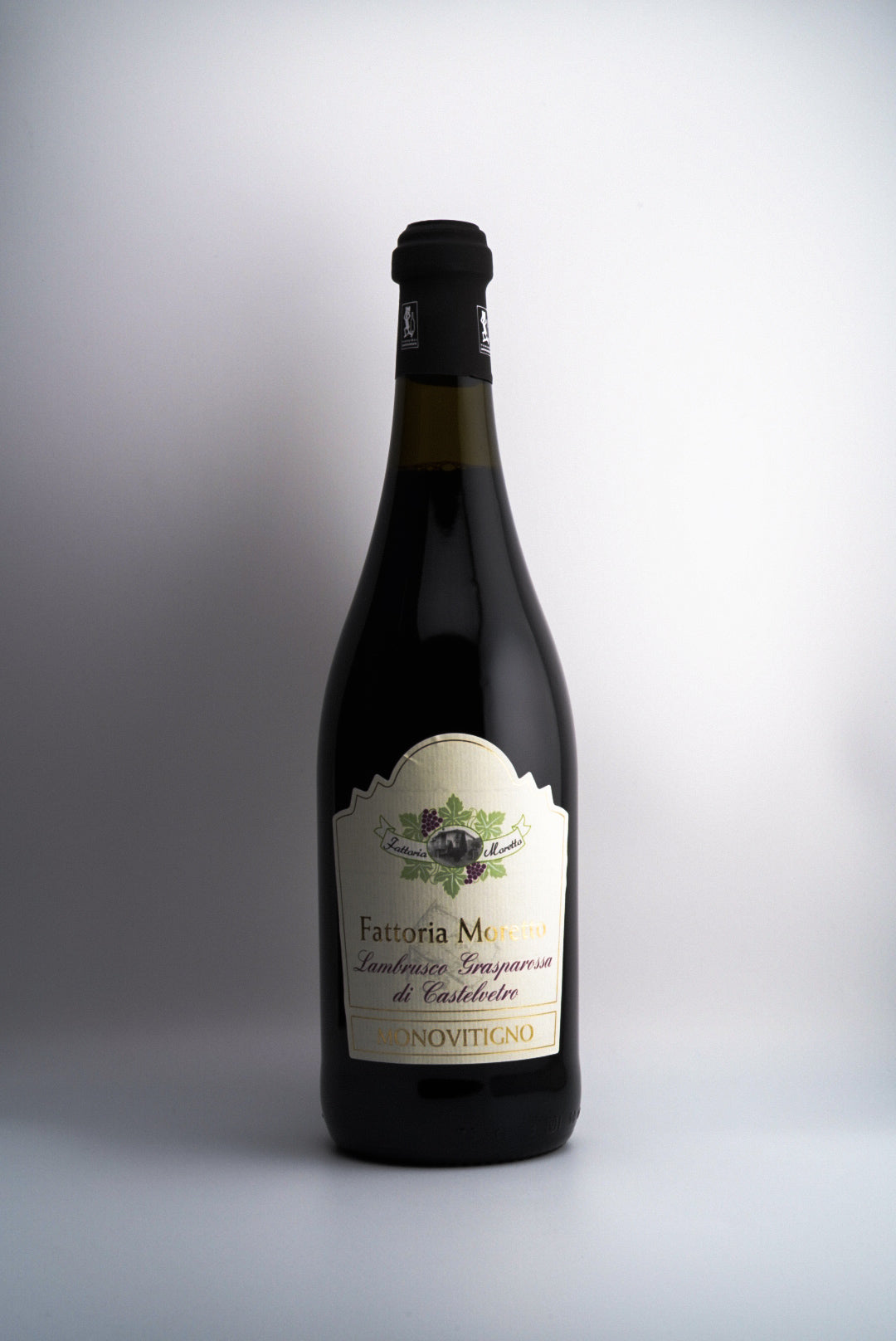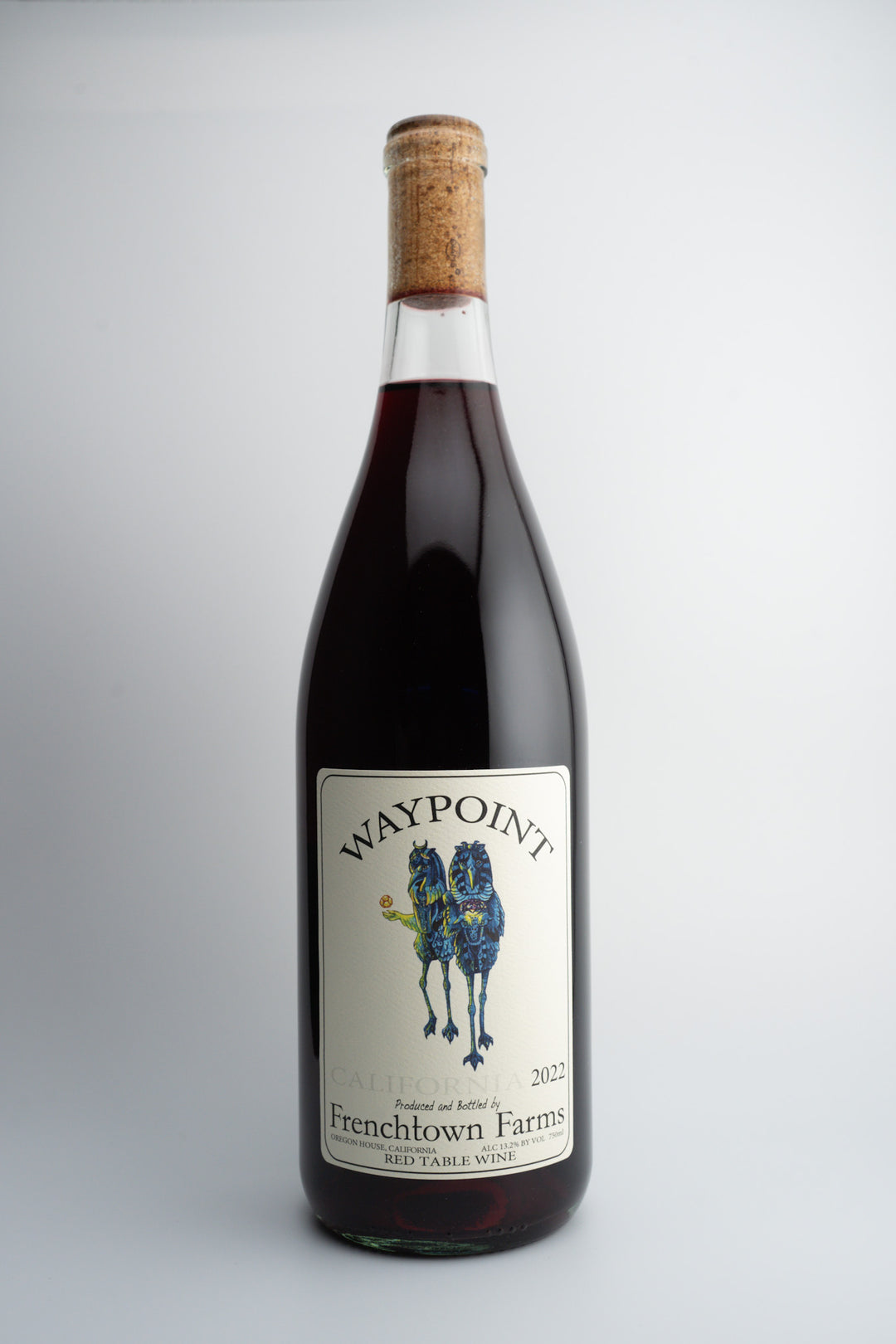Exploring Red Wine
Exploring Red Wine Grapes - Week 3
With a basic foundation in place, we now turn our full attention to the rich, robust and fascinatingly varied world of red wine grapes. Understanding the flavor profiles and characteristics of these varieties is essential for any wine lover seeking to maximize enjoyment from each glass.
During red winemaking, the crushed grapes undergo extended maceration - a period of skin contact that allows tannins, color pigments and concentrated fruit flavors to be extracted into the juice during fermentation. Longer macerations yield deeper colors, more intense flavors and firmer tannic backbones. This sets red wines apart, providing them their signature body, structure and ageability.
With that background, let's explore classic and off-the-beaten-path red grape varieties from the Old and New Worlds, delving into what makes each one unique...
Cabernet Sauvignon
The most renowned red grape, Cabernet Sauvignon is revered for its full body, firm tannic structure and incredible aging potential. The grape's spiritual homeland is Bordeaux, where it shows pronounced aromas and flavors of blackcurrant, cedar, graphite, dried herbs and tobacco. As you move to warmer regions like Napa Valley, you find more plush, high-octane Cabernets layered with jammy blackberry, black cherry, vanilla bean, licorice and baking spices. No matter its origin, Cabernet's muscular tannins provide excellent longevity in the cellar. This makes it an ideal pairing for rich, marbled red meats and hearty stews.
Pinot Noir
Beguiling but incredibly terroir-sensitive, Pinot Noir is the quintessential transparent, "noble" red grape that reflects its origin with laser precision. From its ancestral home in Burgundy, you'll find Pinots showing tart red berries, earthy undertones of forest floor and truffle, along with rose petal florality and bright acidity. Slightly warmer climates like Oregon's Willamette Valley yield darker cherry and cranberry notes with hints of sandalwood and smoky bacon fat. Go too warm, however, and Pinot loses its ethereal charm, becoming simple and jammy. Overall, it's a light to medium-bodied red marked by subtlety yet possessing complex perfume.
Merlot
One of the most extensively planted red grapes, Merlot serves as a great entry point for red wine drinkers. With its plump, pillowy texture and moderate tannins, Merlot offers an accessible bridge to bolder reds. On the nose and palate, you'll find notes of ripe plum, blackberry, cherry mocha and herbal hints of sage and bay leaf. In its homeland of Bordeaux's Right Bank, it shows wonderful restraint marked by cedar and graphite accents. Warmer New World regions deliver lush, full-bodied expressions loaded with sweet baking spice. While sometimes criticized for being simple, high-quality Merlot from conscientious producers can be a wonderfully expressive and crowd-pleasing red.
Syrah/Shiraz
A bold, full-bodied variety with a multitude of guises, Syrah (its French name) or Shiraz (Australian) is marked by unmistakable aromas and flavors of smoky bacon fat, cracked black pepper, purple florals and brambly blackberry and blueberry fruit. Its spiritual home is the Northern Rhône Valley, where it yields meaty, rustic, gamey expressions that beg for hearty meat-based dishes. Head south to the Languedoc or Australia and its deep, inky wines develop more lavish mocha and baking spice tones atop velvety tannins. With its inherent peppery kick and chewy yet polished texture, Syrah is a one-of-a-kind red.
Tempranillo
One of Spain's most celebrated indigenous varieties, Tempranillo is the proud heart of iconic Rioja. With its trademark aromas of dried cherry, strawberry, tobacco leaf, saddle leather and clove spice, it often incorporates complex notes of cedar and dill from aging in traditional American oak. On the palate it is medium to full-bodied with bright acidity and fine, talc-like tannins lending structural grace. High quality examples from Rioja Alta and Ribera del Duero offer remarkable depth and longevity.
Sangiovese
Italy's noble Sangiovese variety achieves its greatest expression in Tuscany in bottlings of Chianti Classico and Brunello di Montalcino. This bright ruby red offers up tart Bing cherry, dried herbs, tomato leaf, leather and characteristic sour orange zest aromas and flavors. With its high natural acidity and moderate tannins, Sangiovese is wonderfully fresh and versatile at the table. From youthful, fruit-driven quaffers to structured Riservas capable of long aging, there's a Sangiovese for every occasion.
Nebbiolo
One of Italy's most noble and long-lived varieties, Nebbiolo reigns supreme in the regions of Barolo and Barbaresco where it yields hauntingly complex and age-worthy masterpieces. Known for its intense aromas of dried rose petal, licorice, tar, tobacco, and crushed cherry, Nebbiolo offers a paradoxical combination of delicacy yet firm tannins. As Barolos and Barbarescos rest in the cellar over decades, their tertiary notes ranging from dried fruit to autumn underbrush emerge. While extended age is required to truly appreciate Nebbiolo's nuance, this variety sculpted by "the Tar and Roses" will leave you spellbound.
Malbec
Though originating in France, Malbec has become the vinous workhorse and calling card of Argentina. Deeply-colored, full-bodied and packed with juicy blackberry, plum and boysenberry fruit, Malbec also brings hints of crushed violet, tobacco and angular tannins to the table. In Argentina's Mendoza region, high elevation and warm days with cool nights concentrate Malbec's flavors while preserving its natural acidity. The result is a bold, plush red that can dazzle with its sheer lush fruitiness yet maintains remarkable balance and value.
Zinfandel
California's own "homeboy" red grape, Zinfandel made its way from Croatia to become a quintessential part of the Golden State's identity. With its brambly, briary notes of raspberry jam, black pepper, raisin and sweet baking spices, Zin offers unabashed intensity and depth. From historic producers in areas like Amador County and Lodi, you'll find robust Zins marked by dried fig, cigar box and chewy tannins. For balance, turn to cooler regions like Russian River Valley for elegant expressions of crunchy blackberry and cocoa powder. This is a powerhouse red for BBQ, pizza and the heartiest fare.
Grenache
The spiritual heartland of this plush, sweet-fruited red is France's Rhône Valley and Spain's Priorat region. Grenache is all about its lusciousness, offering up decadent aromas and flavors of ripe raspberry, candied red cherry, cinnamon and allspice. While relatively low in tannin on its own, it brings incredible richness and body to blends like Châteauneuf-du-Pape. The southern French versions show more earth, dried herbs and leather while those from hotter regions amp up the vanilla and baking spice notes.
Mourvèdre
Known for its meaty, gamey, iron-y personality, Mourvèdre is a variety that definitely benefits from some age. While young examples can be rustic and tough, with age they unfurl complex aromas of tilled earth, smoky charcuterie, black olive tapenade and bramble berry fruit. On the palate, you'll find signature notes of roasted meat, black licorice and dried herbs along with chewy but integrated tannins. A natural blending partner with Grenache and Syrah, Mourvèdre excels in bottlings from Bandol and Spain.
Carignan
Once workhorse grape, the old vine Carignan vineyards of Southern France, Sardinia and Northern Spain are being rediscovered for their ability to produce unique, high-quality reds. Old vine Carignan offers up crunchy red and blue fruit flavors marked by distinct smoky espresso, graphite and leathery nuances. While more tannic and rustic in its youth, aged Carignan mellows into an elegant, medium-bodied pour with superb balance and savory notes of cured meat and dried Mediterranean herbs.
Poulsard
An fascinating red grape from the Jura region of France, Poulsard yields pale translucent, chillable reds with a distinct earthy, mushroomy character underpinned by zesty redcurrant and Alpine strawberry fruit. With bright acidity, subtle tannins and exotic potpourri-like aromatics, these light-bodied Poulsards are incredibly food-friendly and chillable. For a unique red unlike anything you've tried, look for wines labeled "Poulsard" or "Ploussard" from the Jura's Arbois appellation.
Mencía
Spain's juicy, vibrant Mencía grape hails from the Bierzo, Valdeorras and Ribeira Sacra regions. With its fresh aromas of blood orange zest, red licorice and tart pomegranate, along with a smooth yet lively palate, Mencía is a joy to drink. While lighter in color, it boasts excellent structure with fine tannins and bright acidity to complement its red berry, floral and spicy notes. Look for these vibrant regional interpretations for an introduction to a rising star red variety.
Nero d'Avola
The pride of Sicily, Italy's most planted red grape is Nero d'Avola. With its deep ruby color and complex aromas of blackberry, smoked meat, cracked pepper and sun-baked earth, it is unmistakably Mediterranean in character. On the palate, it combines ripe black cherry with notes of leather, tobacco and chewy yet polished tannins. From simple early-drinking versions to more structured and age-worthy bottlings, Nero d'Avola's rustic charms shine through.
Schiopettino
An intriguing, rare variety hailing from Italy's Friuli region, Schiopettino crafts light, vibrant yet tannic reds with a distinctive set of flavors. Pronounced aromas of rose petal, dill, wild berries and camphor lead to a palate of tart red currants, white pepper, dried herbs and chalky tannins. Crunchy and food-friendly with a savory undercurrent, Schiopettino is a unique red guaranteed to awaken your senses.
Refošk
Grown predominantly in the Adriatic Karst region, Slovenian Refošk yields full-bodied, opulent reds with aromas of smoked meat, raspberry compote, cocoa and black coffee. Dense notes of blueberry, black pepper and dried Mediterranean herbs coat the mouth with velvety tannins providing plenty of structure and intensity. For compelling, value-driven examples of this intriguing cross-border variety, look to Slovenian bottlings marked "Refosco" from Goriska Brda.
Baga
Portugal's iconic Baga produces firmly-structured, age-worthy reds from the Bairrada region. With its deep color, flavors of tart blackberry and raspberry, crushed violet florals, pronounced acidity and gripping tannins, this variety makes for muscular yet balanced wines with excellent cellar potential. The best bottlings mellow over a decade or two into complex, earthy expressions with notes of singed leather and umami.
With this primer on red grape varieties from across the winemaking world, you can tune into each wine's signature aromas, flavors and textures. Let the varietals guide you on a flavorful journey through historic and new-wave regions alike. Over time, your palate will naturally develop a sense for which reds resonate most.
Next up, exploring the intriguing interplay as we delve into the art of Food & Wine Pairing!





















